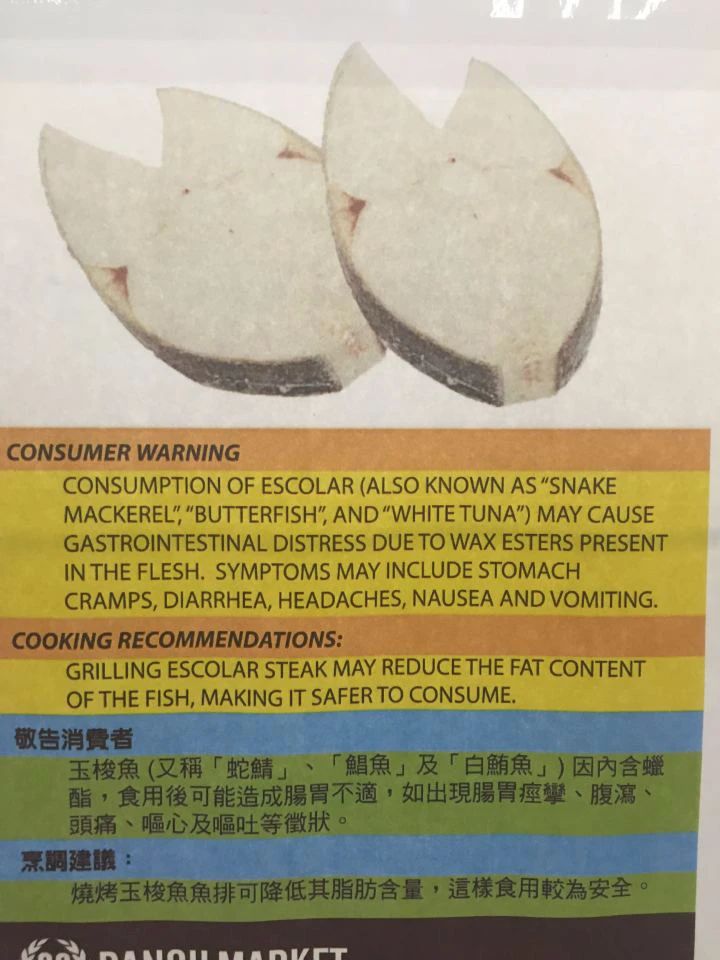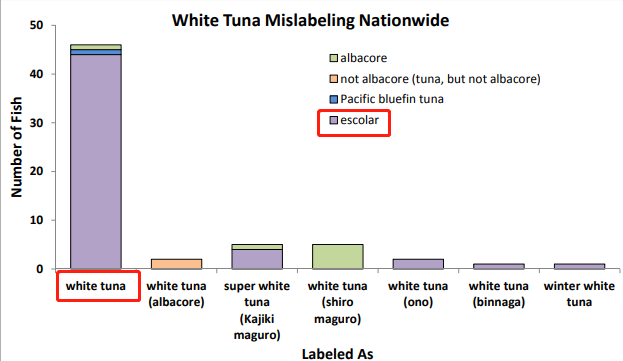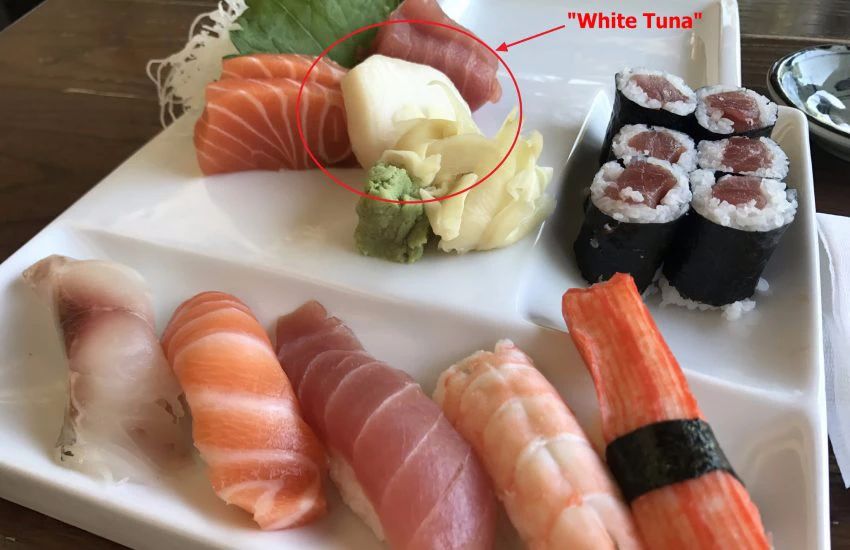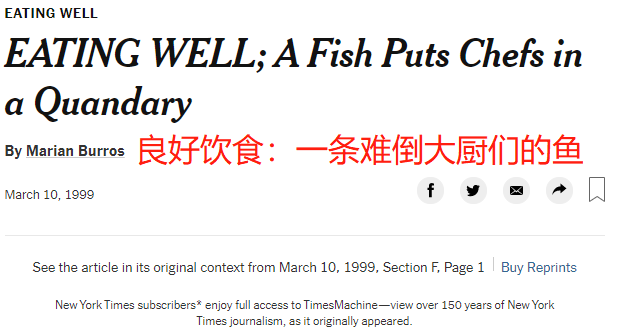If you’ve ever eaten butterfish and regretted it hours later, you’re not alone. According to Wikipedia, this oily fish contains wax esters—compounds the human digestive system can’t break down. The result? A laxative-like effect that leads to bright orange, oily diarrhea known as “keriorrhea.”

Banned but Not Forgotten
Due to its unusual side effects, butterfish is outright banned in countries like Japan and Italy. Others, like Canada, Singapore, and the UK, require explicit labeling on packaging, including both the common and scientific names. Labels must warn consumers about potential digestive side effects and suggest limited intake.

But that hasn’t stopped it from being sneakily substituted. Studies found that nearly half of all restaurant “tuna” in the U.S. is actually mislabeled butterfish—especially in dishes advertised as white tuna (which should be albacore). Shocking? Absolutely.



Why It Still Sells: Taste Beyond Compare
Despite its reputation, butterfish is undeniably delicious. Its flavor is rich and savory, with a silky texture that melts in your mouth. Some compare it to salmon, but richer and smoother. Think of it as eating buttery snapper, or a creamy, oceanic foie gras.

On food forums and review sites, fans rave about their experiences:
“I ate 16 pieces in one night at my favorite sushi bar because they said they were taking it off the menu. Worth it.”

Even Chef Resources rates butterfish higher than bluefin tuna in overall culinary experience, citing its bright white color, delicate texture, and umami-rich bite.
Michelin Chefs Know the Risk
Michelin-starred chefs like Eric Ripert of NYC’s Le Bernardin prepare butterfish with a warning: “I sear it with Provençal herbs and poach it in olive oil. And yes, I always tell my guests about the risk.”

It’s a balance of art and ethics—many top chefs still feature it, while making sure diners are well-informed.
How Much Is Too Much?
According to the FDA, eating under six ounces (about 170 grams) of butterfish per week can usually prevent side effects. Overindulgence, however, might lead to an unexpected dash to the restroom.

Chef David Temple of Deep Ellum No.27 puts it plainly: “It’s about moderation. You don’t serve foie gras with a warning label for heart disease, do you?”
The Flavor Worth the Fallout
In the 1990s, the FDA briefly banned butterfish imports. But when they determined it wasn’t life-threatening, the ban was lifted with a simple recommendation: eat at your own risk.

A 1999 New York Times article titled “A Fish So Good It’s Causing Problems” captured the craze. Restaurants like Aquagrill and SoHo’s Cub Room saw a spike in requests. “It has a luxurious mouthfeel and a beautifully noble color,” said chef Henry Meer.

Final Thoughts: Eat Smart, Not Sorry
Butterfish is the definition of a guilty pleasure. Even when banned or mislabeled, it’s still in demand. Most people who’ve tried it say they’d eat it again—side effects and all. It’s the price some are willing to pay for a bite of buttery bliss.

If you decide to try it, be cautious. Don’t eat too much. And maybe stock up on adult diapers—just in case.



















